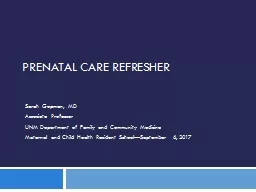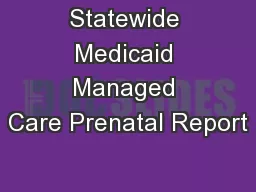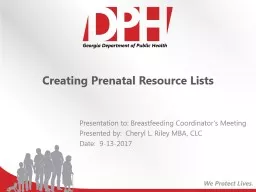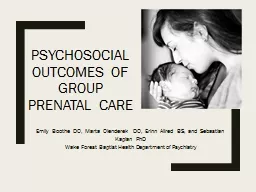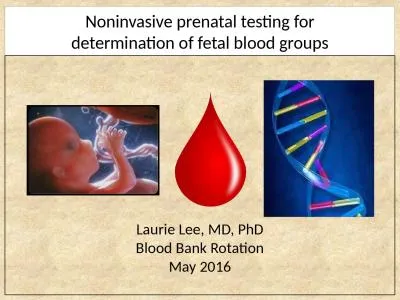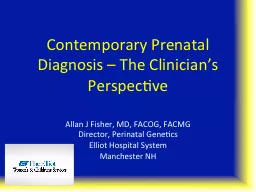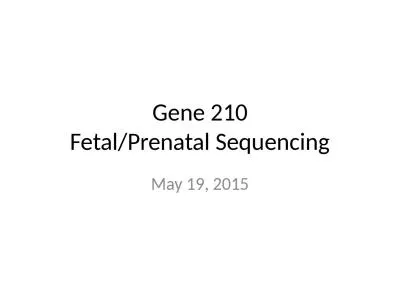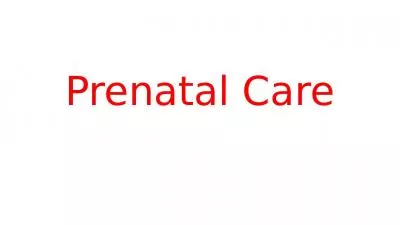PPT-Prenatal Care Refresher Sarah Gopman, MD
Author : bubbleba | Published Date : 2020-11-06
Associate Professor UNM Department of Family and Community Medicine Maternal and Child Health Resident SchoolSeptember 6 2017 Goal Update your knowledge of standard
Presentation Embed Code
Download Presentation
Download Presentation The PPT/PDF document "Prenatal Care Refresher Sarah Gopman, MD" is the property of its rightful owner. Permission is granted to download and print the materials on this website for personal, non-commercial use only, and to display it on your personal computer provided you do not modify the materials and that you retain all copyright notices contained in the materials. By downloading content from our website, you accept the terms of this agreement.
Prenatal Care Refresher Sarah Gopman, MD: Transcript
Download Rules Of Document
"Prenatal Care Refresher Sarah Gopman, MD"The content belongs to its owner. You may download and print it for personal use, without modification, and keep all copyright notices. By downloading, you agree to these terms.
Related Documents

